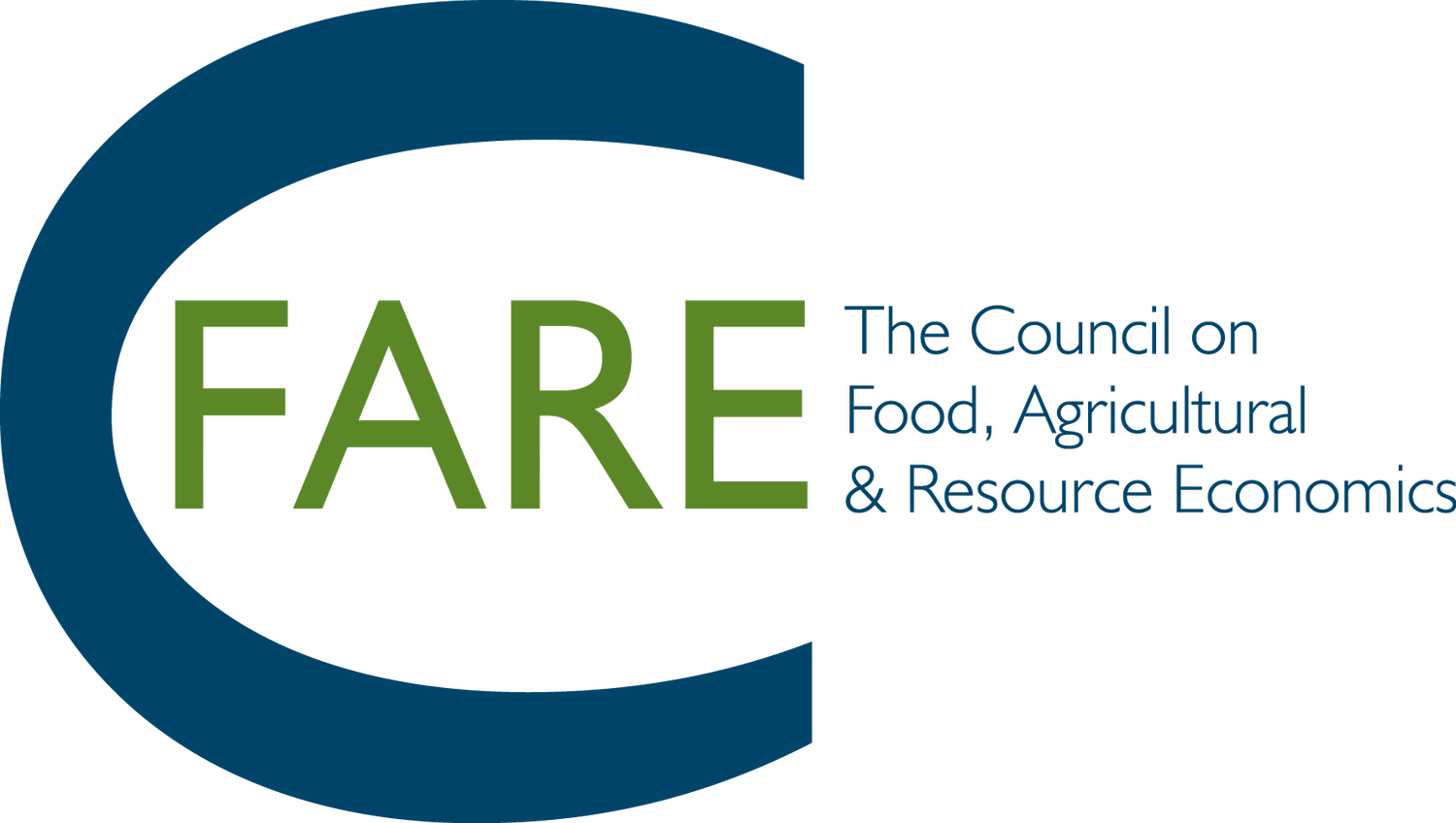Retail Food Prices and the Affordability of Healthy Diets Worldwide
Market Corner by William A. Masters, C-FARE Board Member and Professor at Tufts University
On January 31st, Nigeria became the world’s first country to publish official national statistics on local variation in the cost of a healthy diet (CoHD). This new kind of price index tracks the cost per day of meeting dietary needs for an active and healthy life, using the least expensive locally available items around the country. Since July 2022, this same measure of food access has been used for global monitoring by the World Bank and FAO, and is featured annually in a special section of the FAO, IFAD, UNICEF, WFP and WHO’s annual report on The State of Food Security and Nutrition in the World.
After Nigeria, other country governments developing their own regular bulletins using CoHD to monitor food environments and access to healthy diets include Ethiopia, Malawi and Ghana. Other countries have national CoHD monitoring conducted by international agencies such as the FAO in Pakistan or IFPRI in Myanmar. In each case the estimated cost per day can be compared to incomes available for food, leading to the observation shown in Figure 1:
The data and methods needed to measure the cost and affordability of healthy diets were developed by the Food Prices for Nutrition project at Tufts University, in partnership with the FAO, the World Bank, IFPRI and a variety of government agencies and research collaborators around the world. The method uses food prices already being collected for the purposes of calculating consumer price indexes within countries, or for comparing purchasing power parity between countries, matching each item to its food composition and nutritional value to identify the least expensive products at each place and time. The cost per day of these items can then be used to identify areas where a healthy diet is less accessible. Figure 2 shows an example from Nigeria.
By measuring healthy diet costs, we are better able to distinguish among three possible causes of malnutrition:
high prices or unavailability of even the lowest-cost healthy foods,
low incomes available for any food, or
displacement of low-cost healthy foods by less nutritious items.
This new approach to tracking food price inflation could help guide innovations to i) improve supply and reduce cost of lowest-priced foods for health, ii) improve earnings and safety nets for people who cannot afford even those lowest-cost items, as well as iii) limit unhealthy foods that displace low-cost, affordable options.


